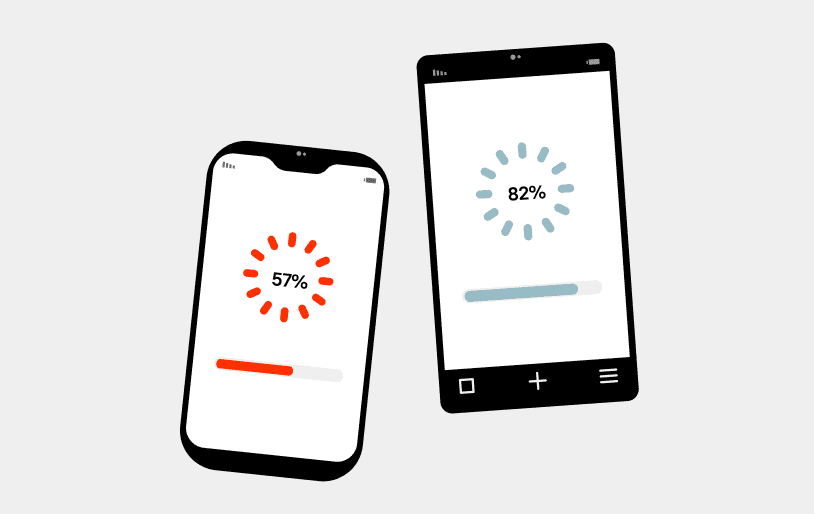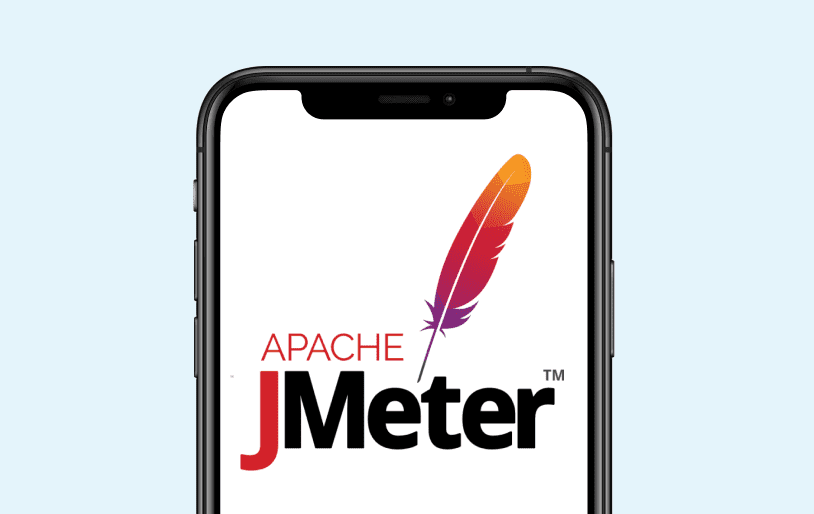
Preparing for 420 Day: Tips for Online Cannabis Sales
Are you ready for the biggest cannabis sales day of the year? With 4/20 coming up, it’s time to start preparing your online store. In this post, we’ll give you tips on how to handle high traffic, offer promotions and deals, and stock up on popular products.

Performance Testing with PFLB Platform: the Beginner’s Guide
Although PFLB Platform is user-friendly, it has every necessary function you may need to have full control over the performance testing process.

Best Emulators for Mobile App Load Testing
iOS and Android emulators are software that simulate real devices and are often used for mobile app performance testing. An emulator can demonstrate how an app will operate on various types of devices and under different OS releases.

Ten Steps to Great Mobile App Performance Testing Using JMeter
Nowadays, almost every company has its own mobile app which provides millions of customers with products and services for all kinds of requests. Just think of it: every day, developers upload thousands of new applications to Google Play and App Store. In this blog post, we will take a step-by-step look at how to write a load script for a mobile application and run a test by generating HTTP/HTTPS traffic on the app server using JMeter.

Mobile App Performance Testing: Where to Start?
Have you noticed that your app often crashes or users uninstall it soon after the initial download? With high probability, the reason is the performance of your application in various networks and under different loads. To be sure about that, check it under critical conditions by testing your app’s performance.
Mobile app testing is often even more challenging and tedious than that of PC software. A large variety of devices, increased mobility of users, the use of device-specific features — all of this can seem confusing. In this post, you’ll find out more about what it means to performance test mobile apps, as well as get some tips and hacks that help do it.

Types of Mobile Testing: How to Choose Right for Your App
Mobile testing helps mobile app developers maximize the performance of these applications. With that said, mobile testing is not a one step-operation, but rather a procedure of iterative steps that tailor the application according to user requirements.
In this article, we will discuss multiple types of mobile testing and discuss the goals and benefits of each given testing procedure.

Essential Differences between Web App and Mobile App Testing
Mobile and web applications are some of the most common types of software applications used across businesses worldwide. In this article, we will discuss the differences between mobile and web apps and explain the testing approach for both of them.

Automated vs Manual Mobile App Testing: Do You Need Both?
Software testing is a crucial part in creating a successful project. By assessing every facet of the product, a developer will know if the code meets business requirements. It’s through the testing that companies increase user tolerance and improve the performance of their apps.
Having said that, testing is only as beneficial as it is efficient. There are two main approaches to testing – manual or automated. Both are critiqued and advocated all over the web, so choosing the one to fit your project is not an easy task. In this post, we’ll give you a brief rundown on the difference between them, their respective pros and cons, and the ways developers can take advantage of both.

PFLB and HeadSpin are taking mobile application testing to a new level
PFLB has announced collaboration with HeadSpin, USA, to implement projects in the field of automation, functional and load testing of mobile applications. PFLB will deliver a unique solution to the market. It can and should be used for remote testing of mobile applications on real devices built to meet the needs of customers. A special software and hardware complex from HeadSpin can be installed anywhere in the world and integrated with automation services for functional and load testing of mobile applications.

Mobile Application Test: How Does It Work?
Gone are the days where phones were isolated communication devices that only got our attention when someone called us. They have now become our window to the world and the main source of interaction in a world halted by social restrictions. Over the years, smartphones have become an essential part of modern life and their […]